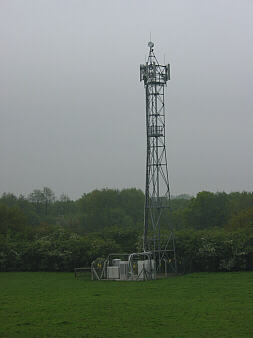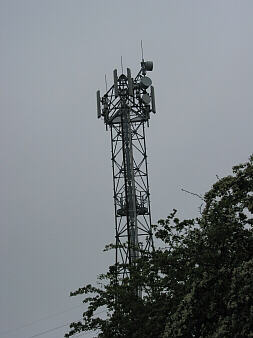|
3: Weighing the
evidence
If we want to dismiss
evidence which is not compatible with our message then we can say that
the evidence is 'not conclusive' without specifying the level of proof.
So an interesting question is :-
What level of proof would be needed to convince the government that mobile
phones are a health risk?
Perhaps we can speculate on the answer by drawing a comparison with the
tobacco industry where the government also has a strong commercial interest.
In this case it took 30 years and a million deaths and the end result
was a warning notice on the packet.
4: False implicit
assertion
A report might contain
a conclusion like:- "There is no evidence of health risk."
This implies that the committee has considered all the evidence in existence
- obviously not true.
What it should say is
"The committee has not seen any evidence of health risk"
or more accurately
"The committee has no idea if there is a health risk or not"
5: Positive Spin
/ Negative Spin
If we carry out a
field strength survey of a school and discover that the Total Band Exposure
Quotient is 4.66E-04
we can present
this using positive spin eg.
a) "The measured value is 1 / 2145 of the ICNIRP maximum guidline
reference level for public exposure."
or on the other hand
we could use negative spin eg.
b) "The measured value is 1300 times higher than it was before the
mast was installed."
Both statements can
be valid however the second one might cause some public concern.
Usually the government prefers the positive spin approach on health matters.
Recommended guidelines for
viewing government websites
It is important to
realise that government websites never carry any information which might
cause public alarm or concern or form a basis for legal action against
the government. Furthermore, only a tiny fraction of the raw data is published.
An important function is to provide reassurance to the public that everything
is under control and within recommended guidelines.
For example if a survey was carried out in a school and one of the readings
was higher than the maximum limit it is unlikely that this would be published
since this could be a basis for legal action. What would probably happen
in practice is that an engineer would be called to adjust the transmitter
and then a new set of readings would be taken. The second set could then
be published without any reference to the original values.
References
a) Sitefinder
mobile phone base station database - find your nearest phone mast.
N.B. The masts dont appear until you get to the largest scale
b) Independent Expert
Group on Mobile Phones (Stewart Report)
c) Mobile
Phone Base Station Audit - School Results 2003
d) How
a microwave oven works
e) How
Mobile Phone Networks Work
f) Power
lines and cancer
g) United
Kingdom Table of Radio Frequency Allocations 9kHz - 105GHz
Feedback
Comments for publication
should be posted on Letters
Comments not for publication should be sent to Boxnum
1251
|


